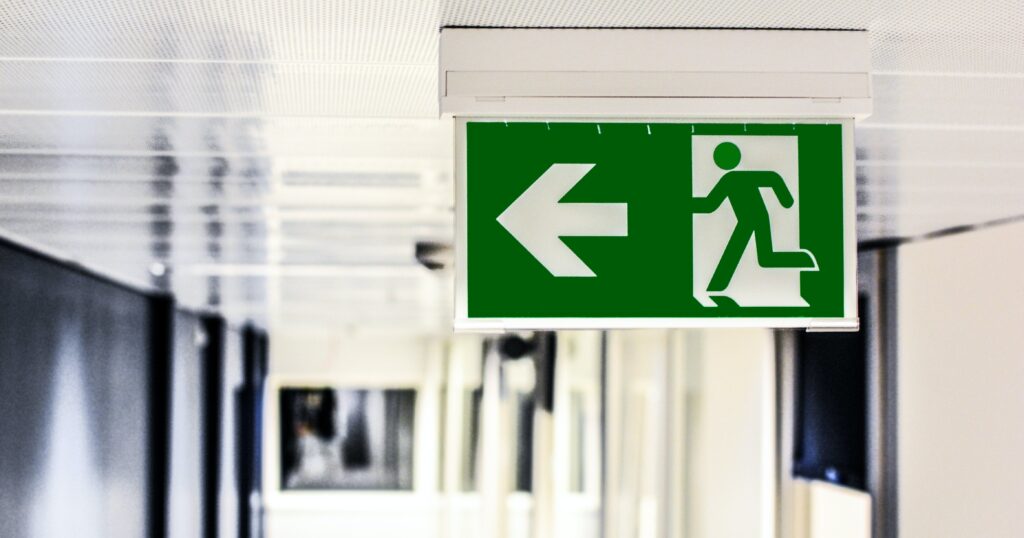Ensuring patient and worker safety and security is critical in the hectic world of healthcare. Because medical facilities are dynamic spaces with a lot going on at once, it’s important to have strong safety measures in place to prevent potential risks. With the help of this thorough manual, medical facility managers, staff members, and administrators should be able to improve security and safety at their facilities. By adopting a proactive approach, medical institutions can create an environment that promotes well-being and instills confidence in both patients and personnel.
Conduct a Thorough Risk Assessment
Before implementing any safety and security measures, it’s imperative to conduct a comprehensive risk assessment tailored to the specific needs and layout of your medical facility. Identify potential hazards, evaluate vulnerabilities, and assess the likelihood and impact of various scenarios. Consider factors such as the facility’s location, the surrounding community, and historical data on incidents. By understanding the unique risk landscape, you can develop targeted strategies to mitigate potential threats effectively.
Prioritize Patient Safety
Ensuring patient safety is at the core of every medical facility’s mission. Implement patient-centric healthcare solutions that contribute to a secure environment. This includes measures such as marked exit routes, non-slip flooring, and ergonomic design in inpatient areas. Regularly solicit feedback from patients to identify areas for improvement and address any concerns promptly, reinforcing a commitment to their well-being.
Strengthen Access Control Measures
A robust access control system is a fundamental aspect of medical facility security. Implementing measures such as key card access, biometric verification, and surveillance cameras at entry points can significantly enhance security. Regularly review and update access permissions to ensure that only authorized personnel have entry to sensitive areas. Additionally, consider adopting electronic visitor management systems to monitor and control visitor access, reinforcing the overall security posture.
Implement Advanced Surveillance Systems
Investing in state-of-the-art surveillance technology is crucial for maintaining a secure medical environment. High-resolution cameras strategically placed throughout the facility can act as both deterrents and investigative tools. Integration with advanced analytics and artificial intelligence can enable proactive threat detection, alerting security personnel to potential issues before they escalate. The incorporation of video analytics can also streamline the monitoring process, reducing the burden on security staff.
Prioritize Staff Training and Awareness
A well-trained and aware staff is the frontline defense against security threats in any medical facility. Conduct regular training sessions to educate personnel on emergency response protocols, identify suspicious behavior, and effectively utilize healthcare solutions to address security concerns. Encourage a culture of vigilance and communication among staff members, fostering a sense of collective responsibility for the safety and well-being of everyone within the facility.
Strengthen Cybersecurity Measures
In an increasingly digitized healthcare landscape, protecting sensitive patient information from cyber threats is paramount. Implement robust cybersecurity measures, including firewalls, encryption, and regular system updates. Conduct thorough employee training on recognizing and mitigating cyber threats, emphasizing the importance of secure password practices and the risks associated with phishing attacks. Collaborate with IT professionals to regularly assess and fortify the facility’s digital defenses.
Enhance Emergency Preparedness
Medical facilities must be well-prepared to handle emergencies ranging from natural disasters to security incidents. Develop and regularly update comprehensive emergency response plans that address various scenarios. Conduct drills and simulations to ensure that staff is familiar with emergency protocols and can respond effectively. Collaborate with local emergency services and law enforcement agencies to establish a coordinated response framework, promoting a swift and organized reaction to critical situations.
Foster Collaborative Partnerships
By establishing strong connections with local law enforcement, emergency services, and neighboring healthcare institutions, medical facilities can create a robust network of support. Collaborative partnerships facilitate the sharing of critical information about potential threats and help in developing coordinated emergency response plans. Engaging in joint training exercises with external partners ensures that staff is well-prepared to handle diverse security scenarios. Furthermore, these partnerships contribute to a holistic approach, where collective efforts amplify the effectiveness of security measures beyond the confines of individual facilities. By actively participating in the broader community’s security ecosystem, medical facilities strengthen their resilience and contribute to a safer environment for both staff and patients.
By taking a proactive and multifaceted approach to safety and security, medical facilities can create an environment that instills confidence in both patients and staff. From robust access control systems to cutting-edge surveillance technology and comprehensive training programs, each measure contributes to the overall resilience of the facility. Prioritizing safety not only protects against potential threats but also cultivates a culture of well-being that is essential for the delivery of quality healthcare services. As medical facilities evolve in response to technological advancements and changing security landscapes, a commitment to continuous improvement ensures that safety remains a top priority.























